The Powerhouse museum in Parramatta shows off its expressive exoskeleton
The new Powerhouse museum headquarters by Moreau Kusunoki begins to take shape in Sydney’s Parramatta, in Australia; we take a tour of the building site
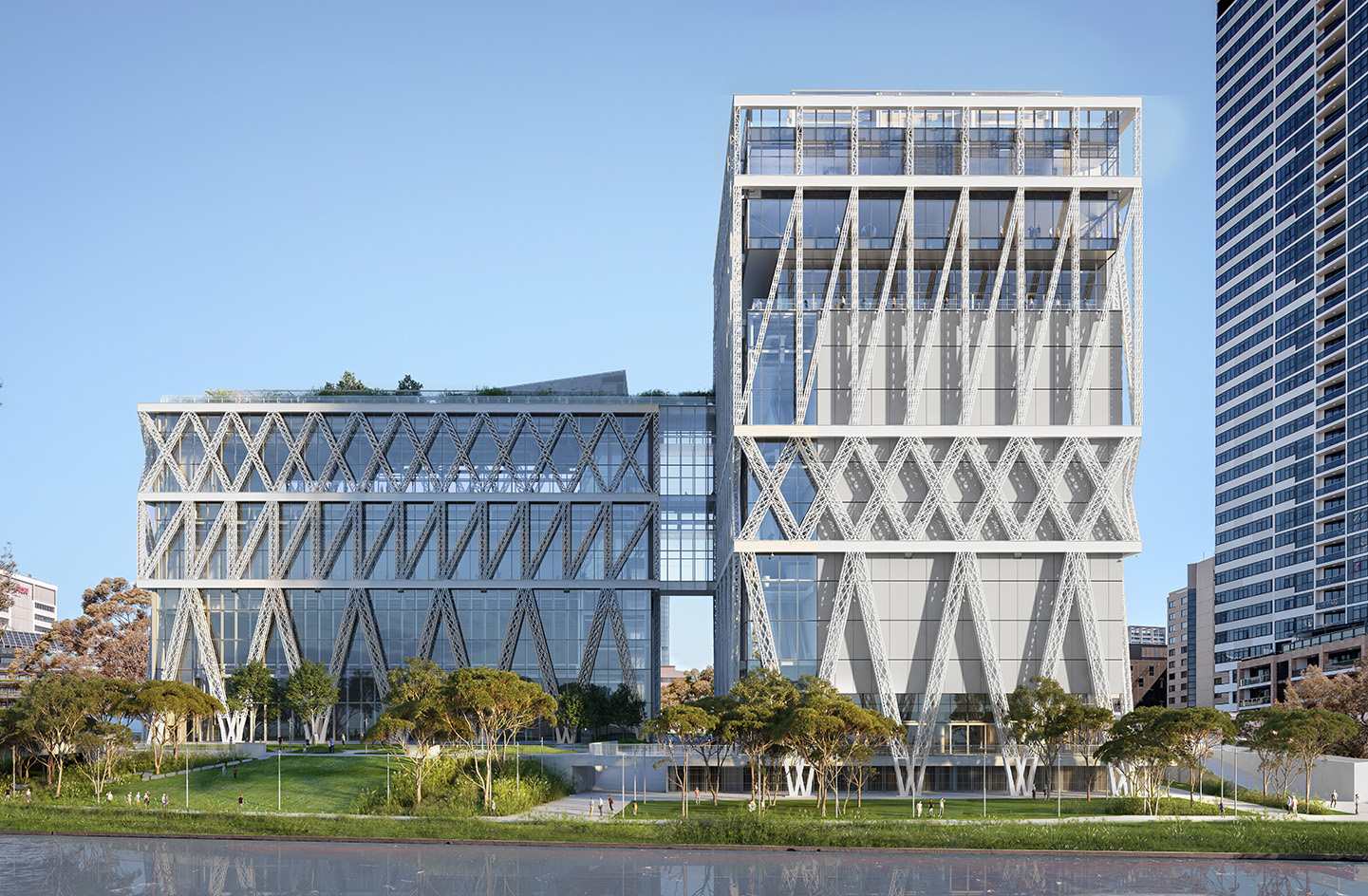
The new Powerhouse museum's headquarters in Parramatta, Sydney, have been taking shape – the building's bold, metal façade grid slowly coming off the ground to a design by Franco-Japanese architects Moreau Kusunoki, with Australian architects Genton. The team is hoping this will be a key cultural space for its immediate neighbourhood – forming part of a bustling future Central Business District – as well as for the region's communities, and the country as a whole.
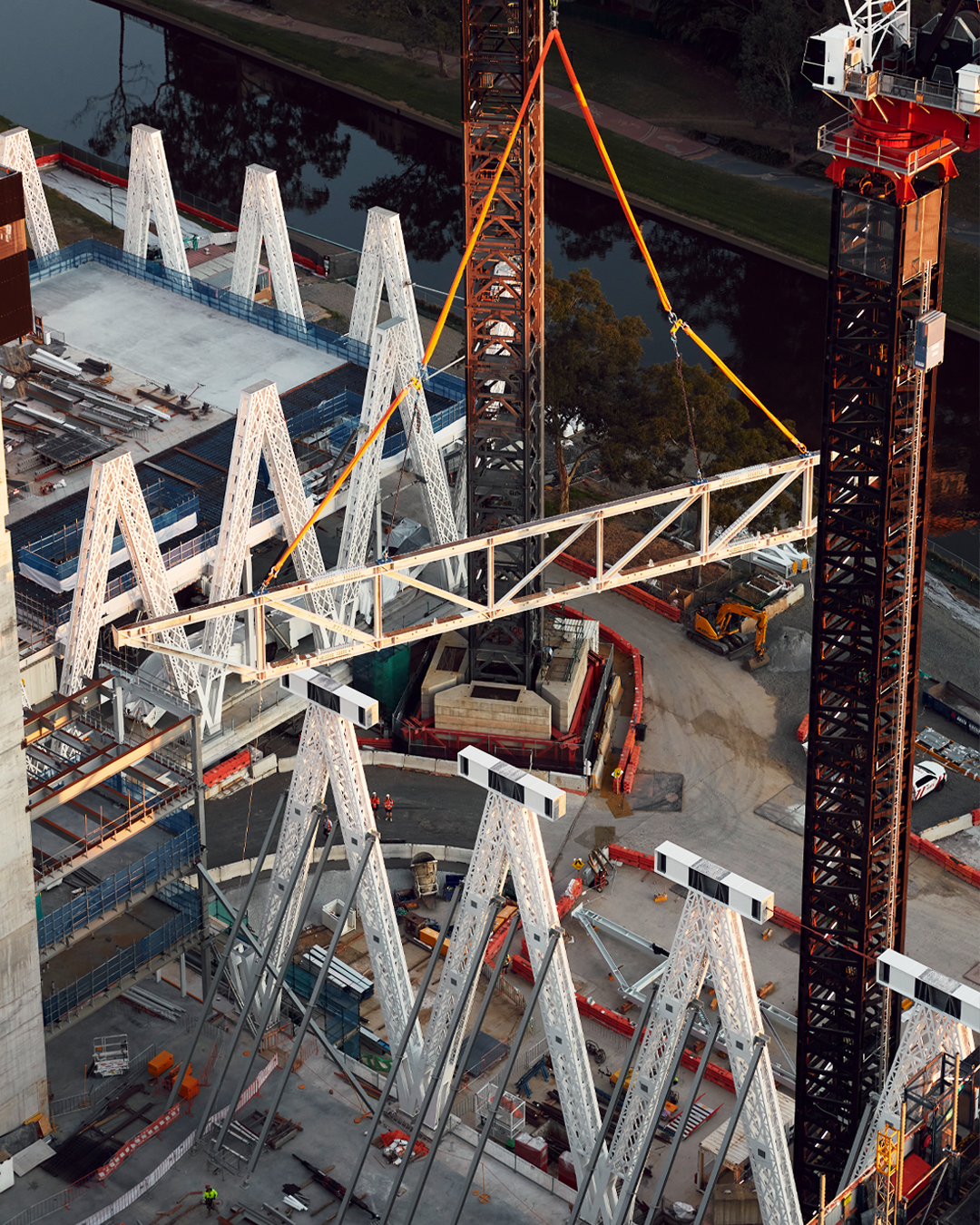
Moreau Kusunoki, whose work includes the recent residential timber tower in Paris, took its signature sensitive yet bold approach here too – crafting an eye-catching but sustainability-led design for Australia's leading cultural institution.
Powerhouse museum in Parramatta: watch the film
The scheme is defined by its steel exoskeleton grid – made of sustainable, recycled material. The white steel latticing plays a dual role – both an aesthetic one, forming the building's visual identity, and a structural one, as its main framework. It is being realised with the help of the expertise of Arup engineer Kengo Takamatsu.

Moreau Kusunoki’s architectural statement articulates: 'The lattice design that we refer to as the exoskeleton emerged out of our discussions with the distinguished Tokyo University professor of engineering, Jun Sato.'
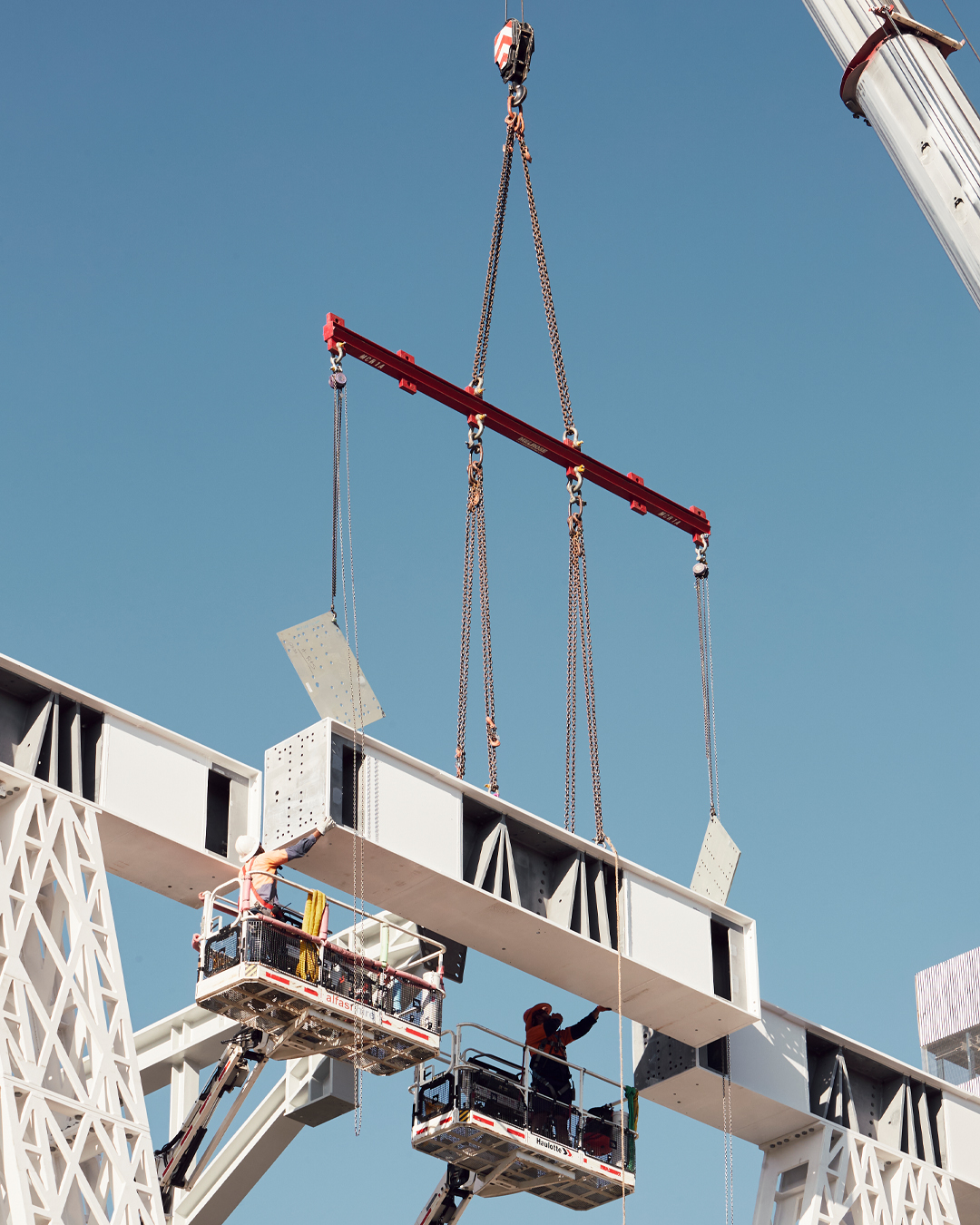
'The geometry of this lattice structure greatly reduces the amount of material needed to support the building’s physical load, as well as lightening the material presence of the steel. The design highlights the porous relationship with the surrounding neighbourhood. It also serves as a means of keeping the building’s elements at a human scale.'
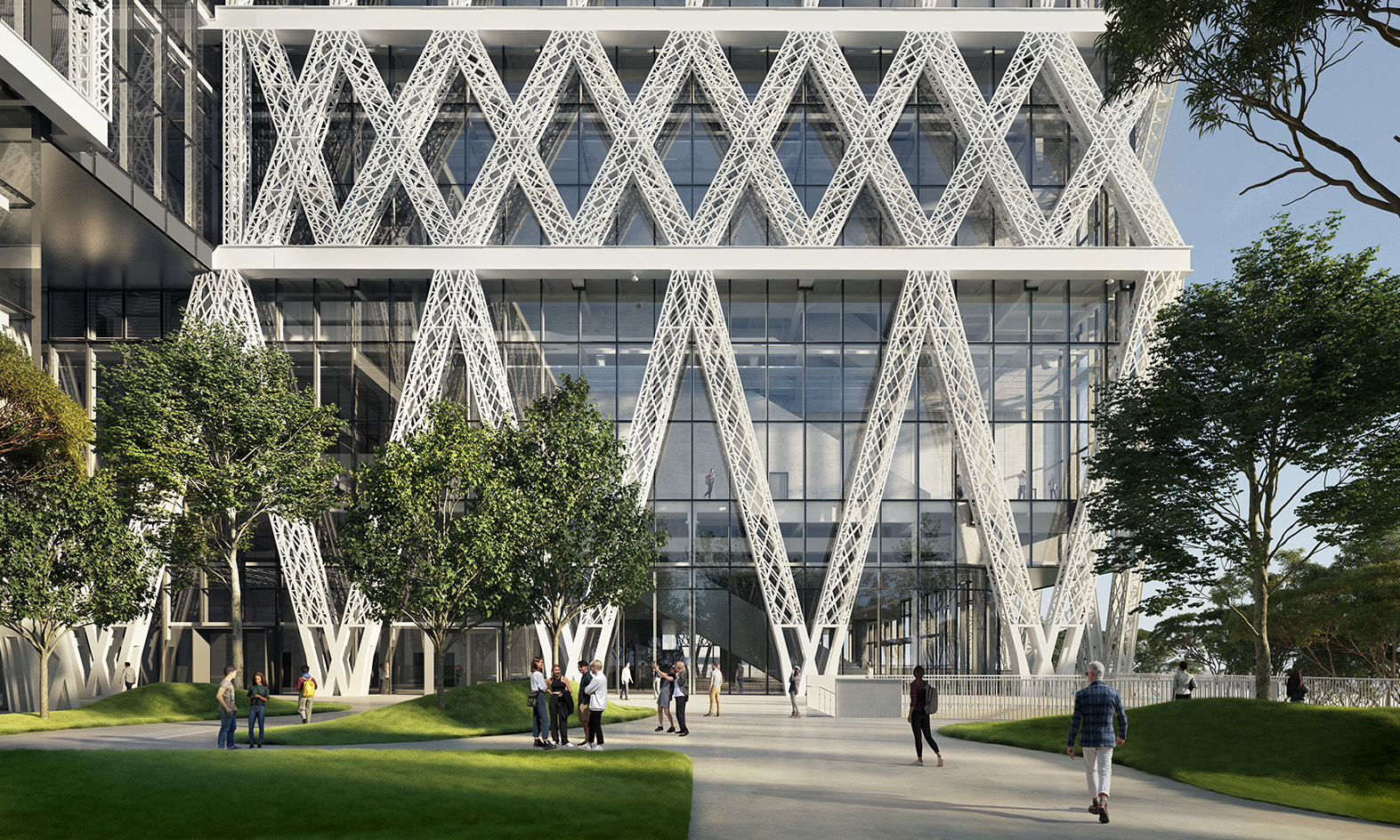
Powerhouse in Parramatta is currently Australia’s largest cultural infrastructure development since the Sydney Opera House, and it will include gallery, office and education spaces, as well as apartments to be used for artist residencies.

The organisation is headed by chief executive of the Powerhouse Sydney, Lisa Havilah, who oversees the project. The building is scheduled to open in 2025.
Receive our daily digest of inspiration, escapism and design stories from around the world direct to your inbox.
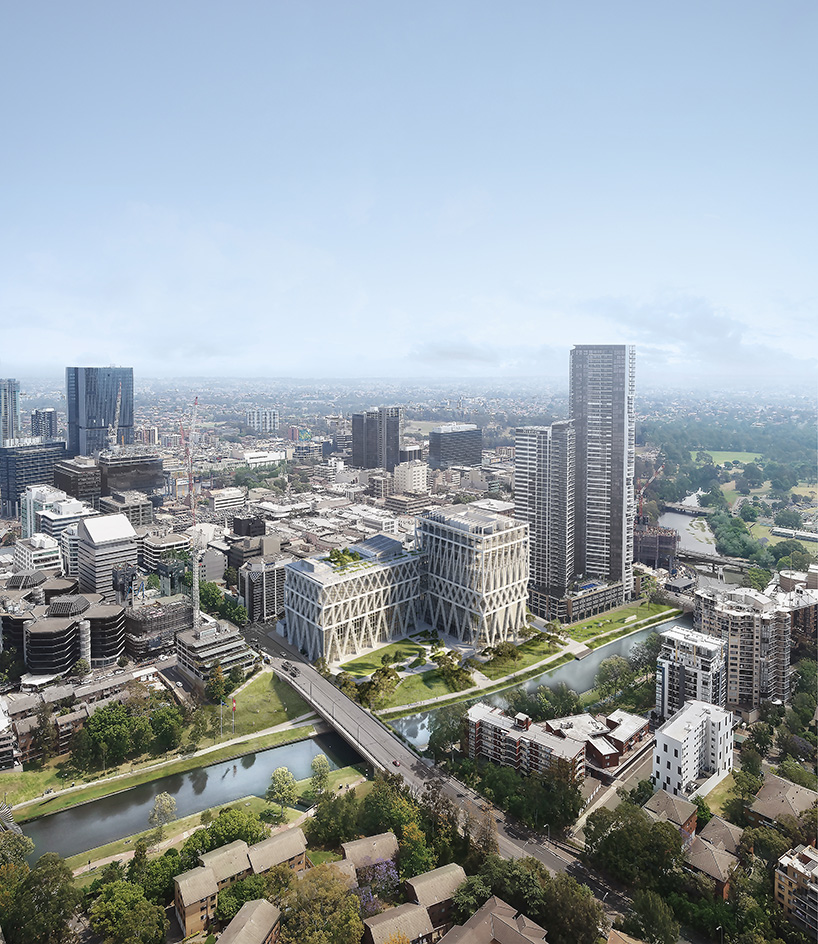
Ellie Stathaki is the Architecture & Environment Director at Wallpaper*. She trained as an architect at the Aristotle University of Thessaloniki in Greece and studied architectural history at the Bartlett in London. Now an established journalist, she has been a member of the Wallpaper* team since 2006, visiting buildings across the globe and interviewing leading architects such as Tadao Ando and Rem Koolhaas. Ellie has also taken part in judging panels, moderated events, curated shows and contributed in books, such as The Contemporary House (Thames & Hudson, 2018), Glenn Sestig Architecture Diary (2020) and House London (2022).
-
 Aidia Studio's mesmerising forms blend biophilia and local craft
Aidia Studio's mesmerising forms blend biophilia and local craftMexican architecture practice Aidia Studio's co-founders, Rolando Rodríguez-Leal and Natalia Wrzask, bring together imaginative ways of building and biophilic references
-
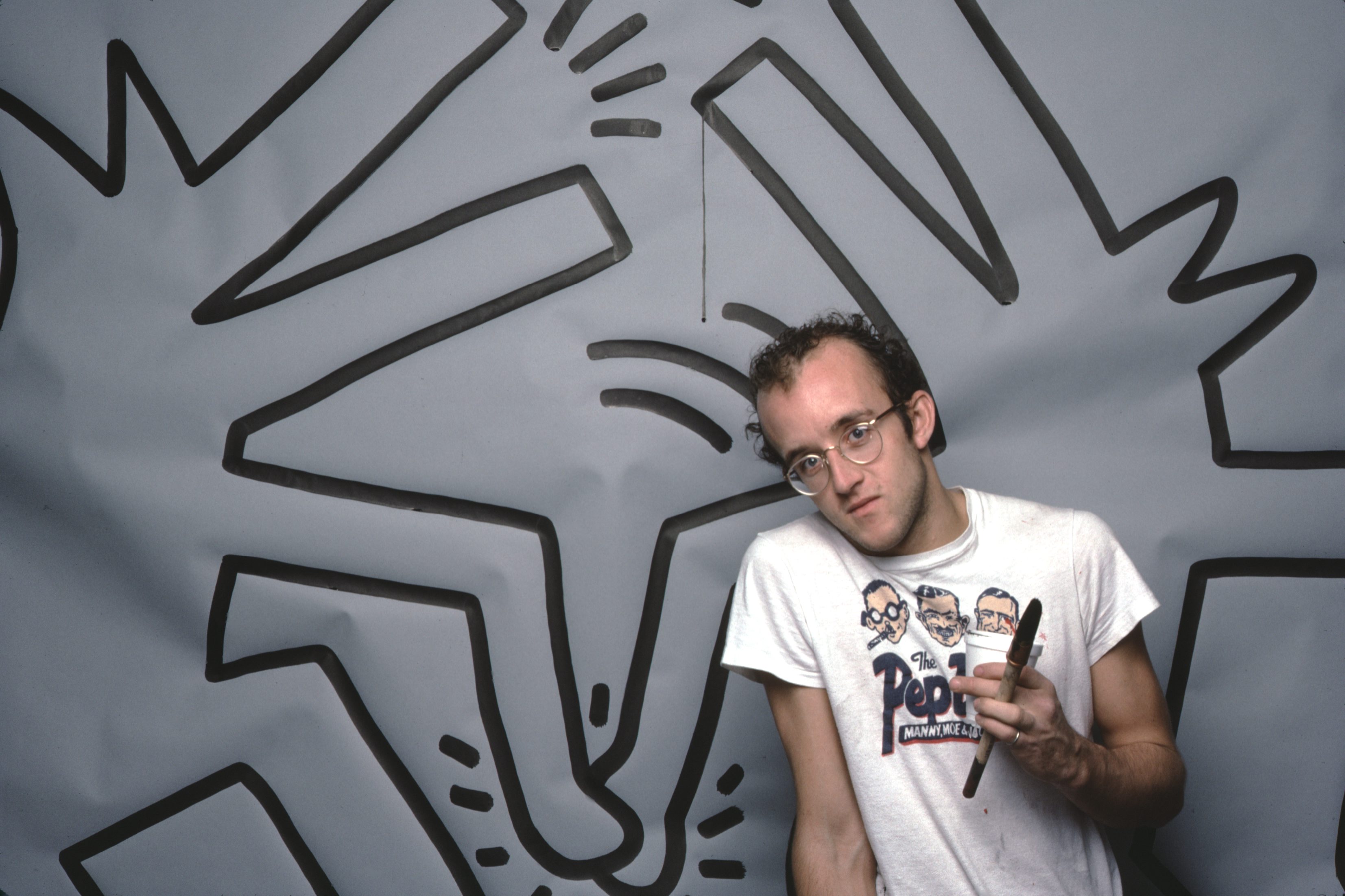 Modern masters: the ultimate guide to Keith Haring
Modern masters: the ultimate guide to Keith HaringKeith Haring's bold visual identity brought visibility to the marginalised
-
 Discover a hidden culinary gem in Melbourne
Discover a hidden culinary gem in MelbourneTucked away in a central Melbourne park, wunderkind chef Hugh Allen’s first solo restaurant, Yiaga, takes diners on a journey of discovery
-
 The Architecture Edit: Wallpaper’s houses of the month
The Architecture Edit: Wallpaper’s houses of the monthFrom wineries-turned-music studios to fire-resistant holiday homes, these are the properties that have most impressed the Wallpaper* editors this month
-
 An Australian holiday home is designed as a bushfire-proof sanctuary
An Australian holiday home is designed as a bushfire-proof sanctuary‘Amongst the Eucalypts’ by Jason Gibney Design Workshop (JGDW) rethinks life – and architecture – in fire-prone landscapes, creating a minimalist holiday home that’s meant to last
-
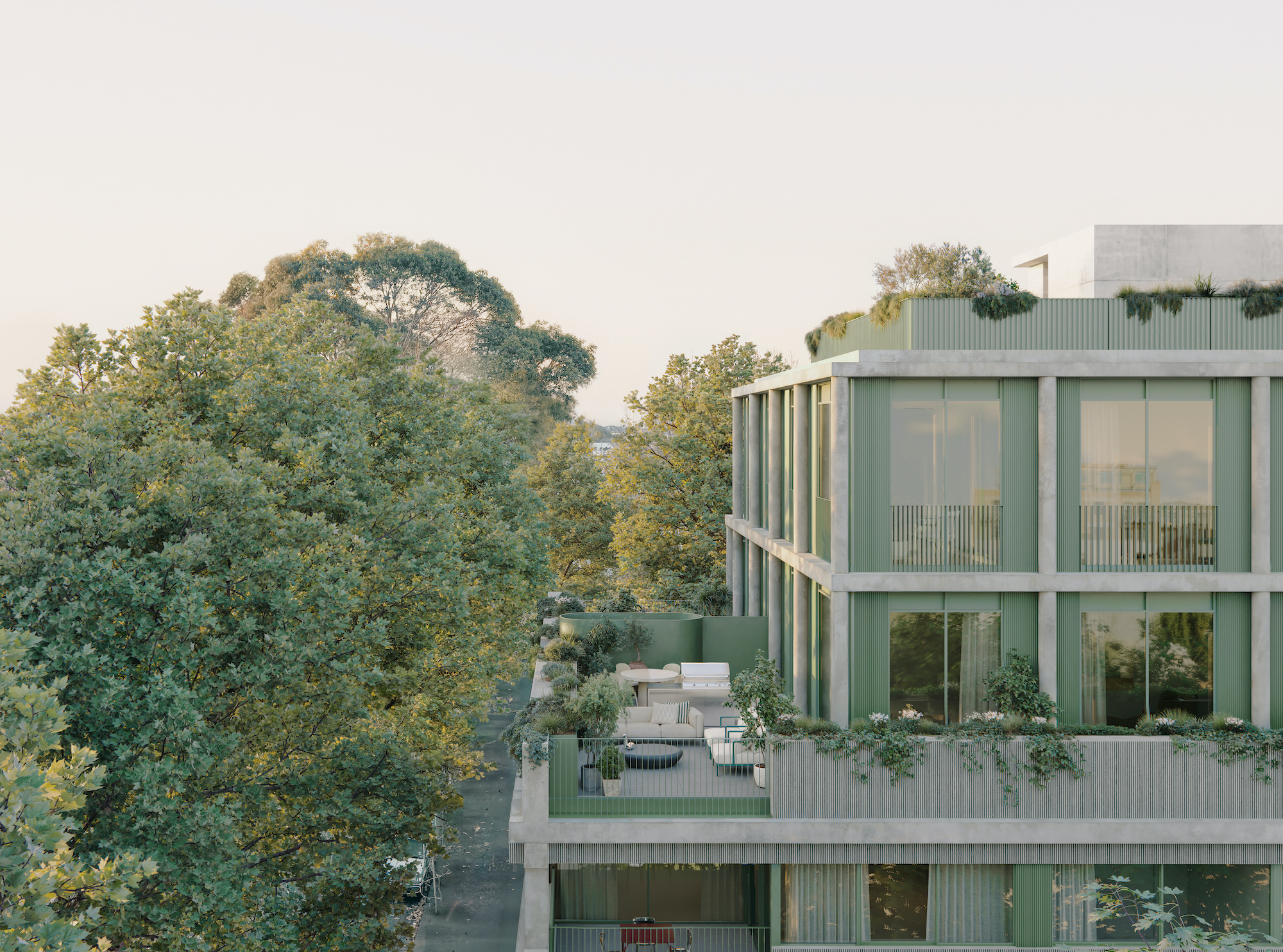 Neometro is the Australian developer creating homes its founders ‘would be happy living in’
Neometro is the Australian developer creating homes its founders ‘would be happy living in’The company has spent 40 years challenging industry norms, building design-focused apartment buildings and townhouses; a new book shares its stories and lessons learned
-
 The Melbourne studio rewilding cities through digital-driven landscape design
The Melbourne studio rewilding cities through digital-driven landscape design‘There's a lack of control that we welcome as designers,’ say Melbourne-based landscape architects Emergent Studios
-
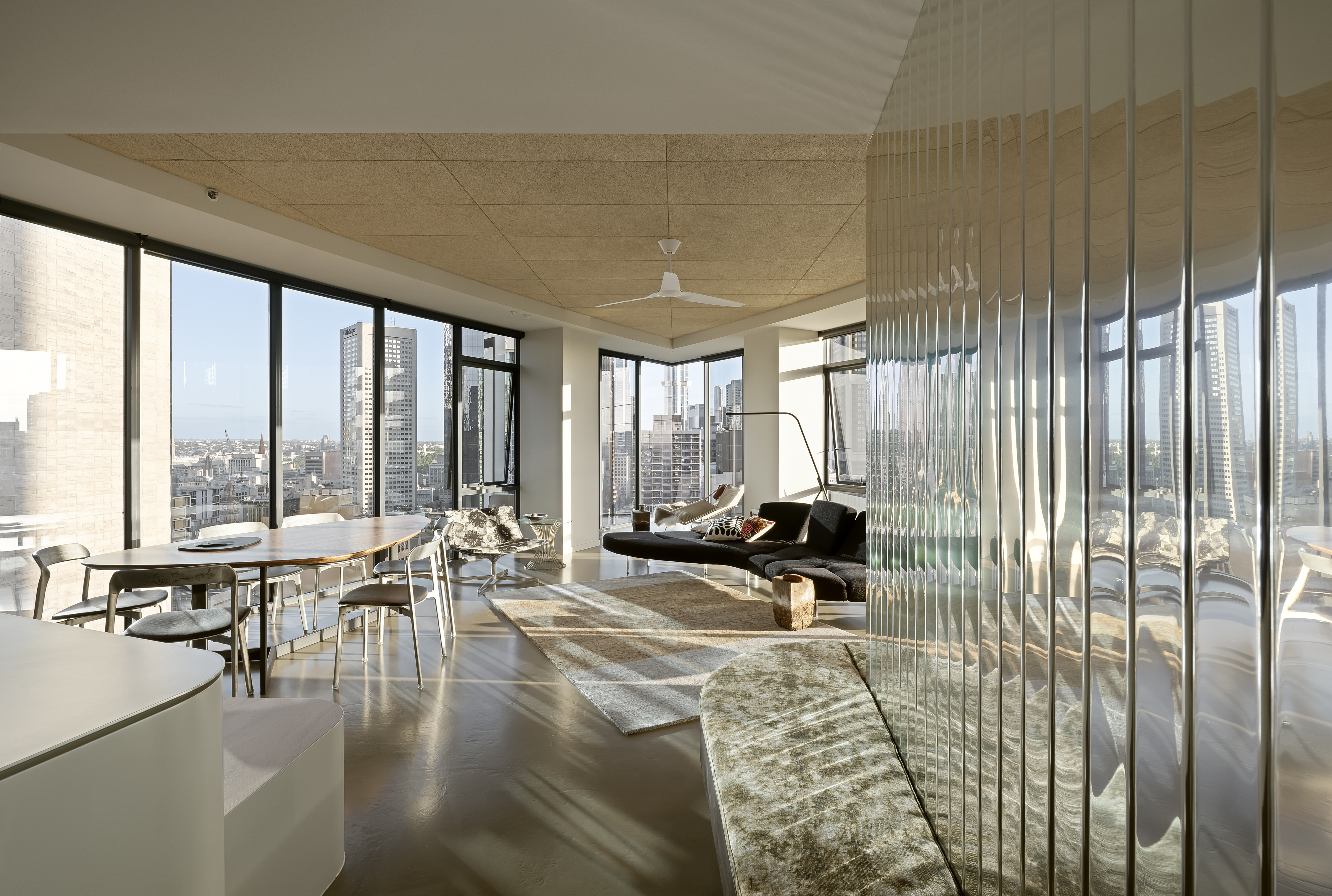 A Republic Tower apartment refresh breathes new life to a Melbourne classic
A Republic Tower apartment refresh breathes new life to a Melbourne classicLocal studio Multiplicity's refresh signals a new turn for an iconic Melbourne landmark
-
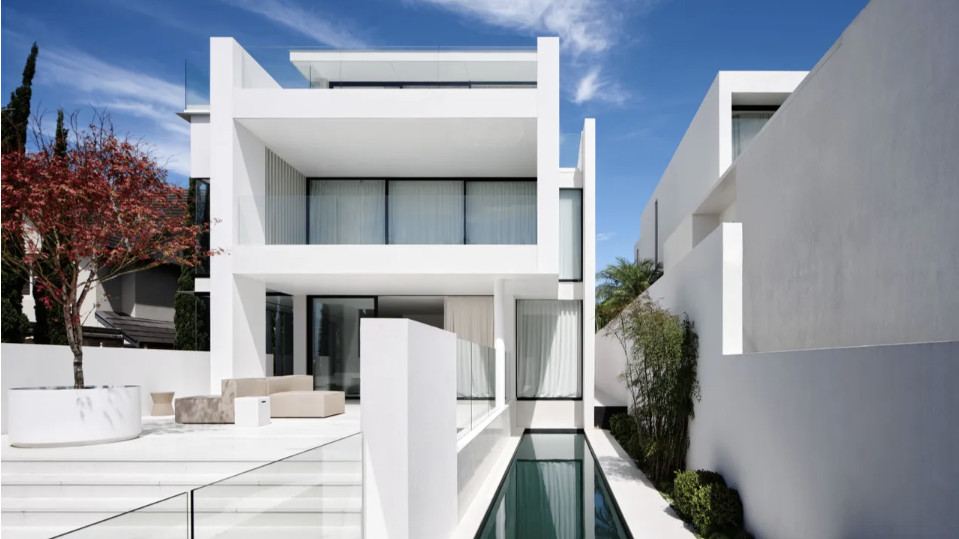 A Japanese maple adds quaint charm to a crisp, white house in Sydney
A Japanese maple adds quaint charm to a crisp, white house in SydneyBellevue Hill, a white house by Mathieson Architects, is a calm retreat layered with minimalism and sophistication
-
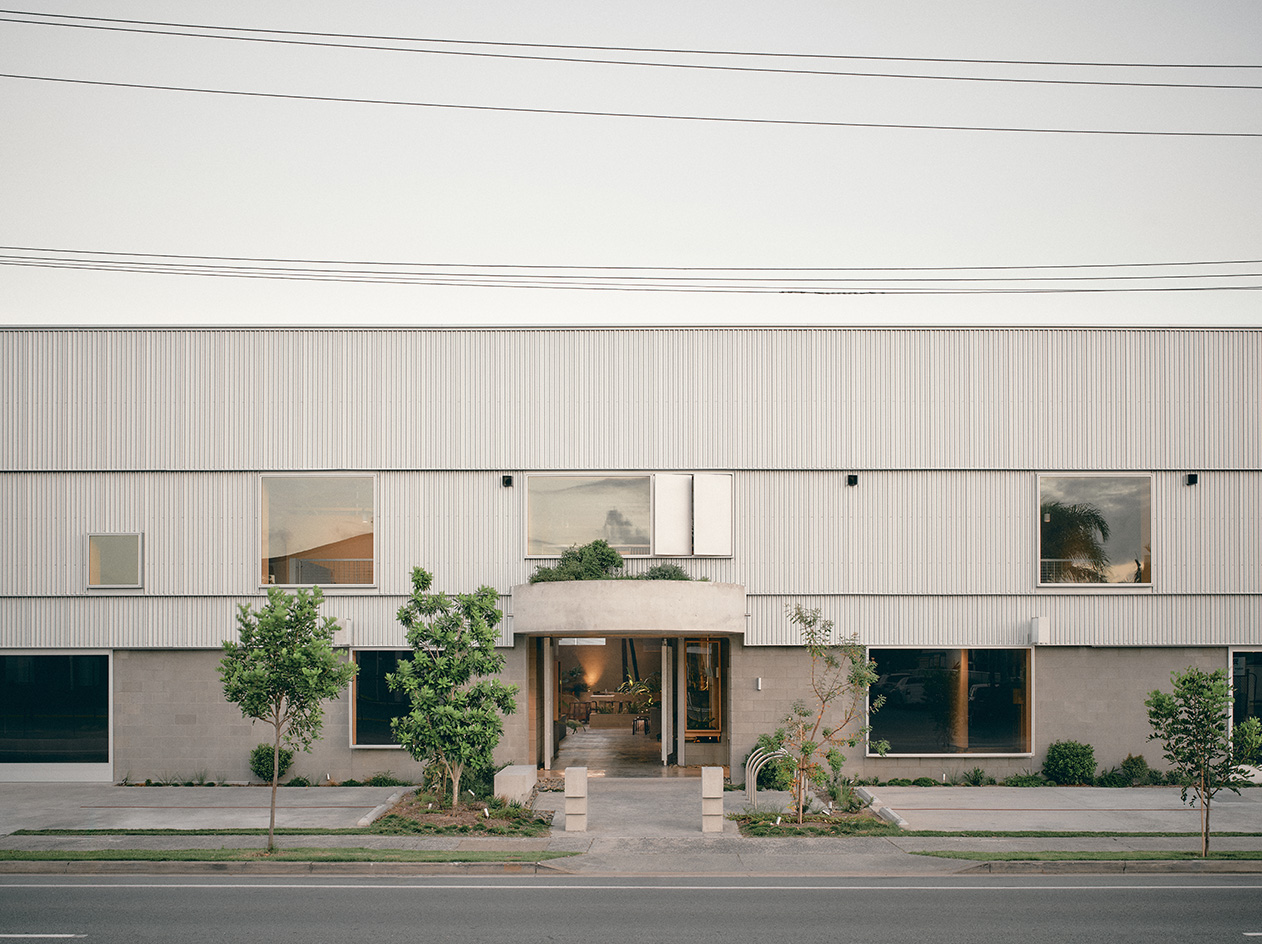 A redesigned warehouse complex taps into nostalgia in Queensland
A redesigned warehouse complex taps into nostalgia in QueenslandA warehouse in Queensland has been transformed from neglected industrial sheds to a vibrant community hub by architect Jared Webb, drawing on the typology's nostalgic feel
-
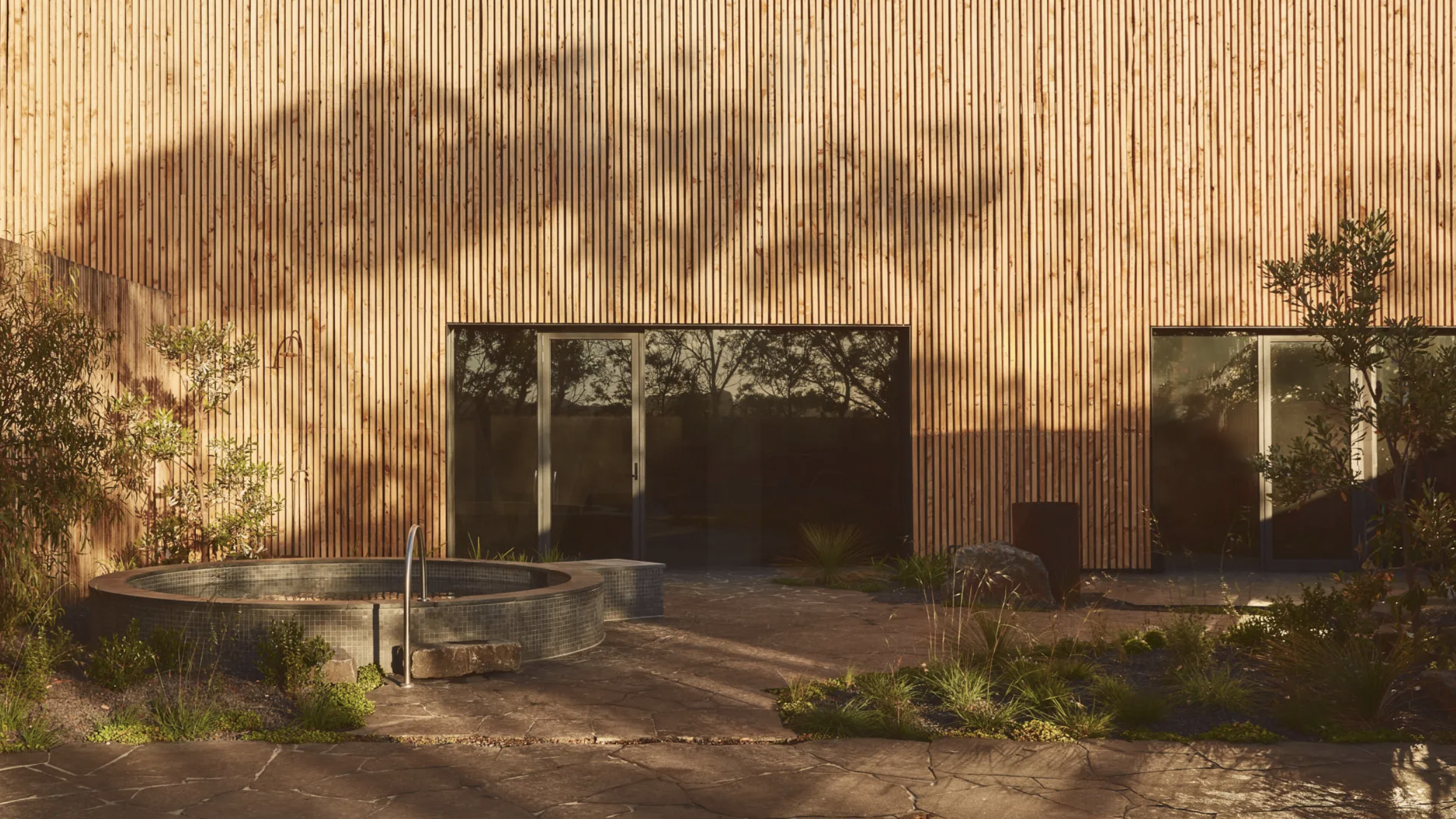 Australian bathhouse ‘About Time’ bridges softness and brutalism
Australian bathhouse ‘About Time’ bridges softness and brutalism‘About Time’, an Australian bathhouse designed by Goss Studio, balances brutalist architecture and the softness of natural patina in a Japanese-inspired wellness hub